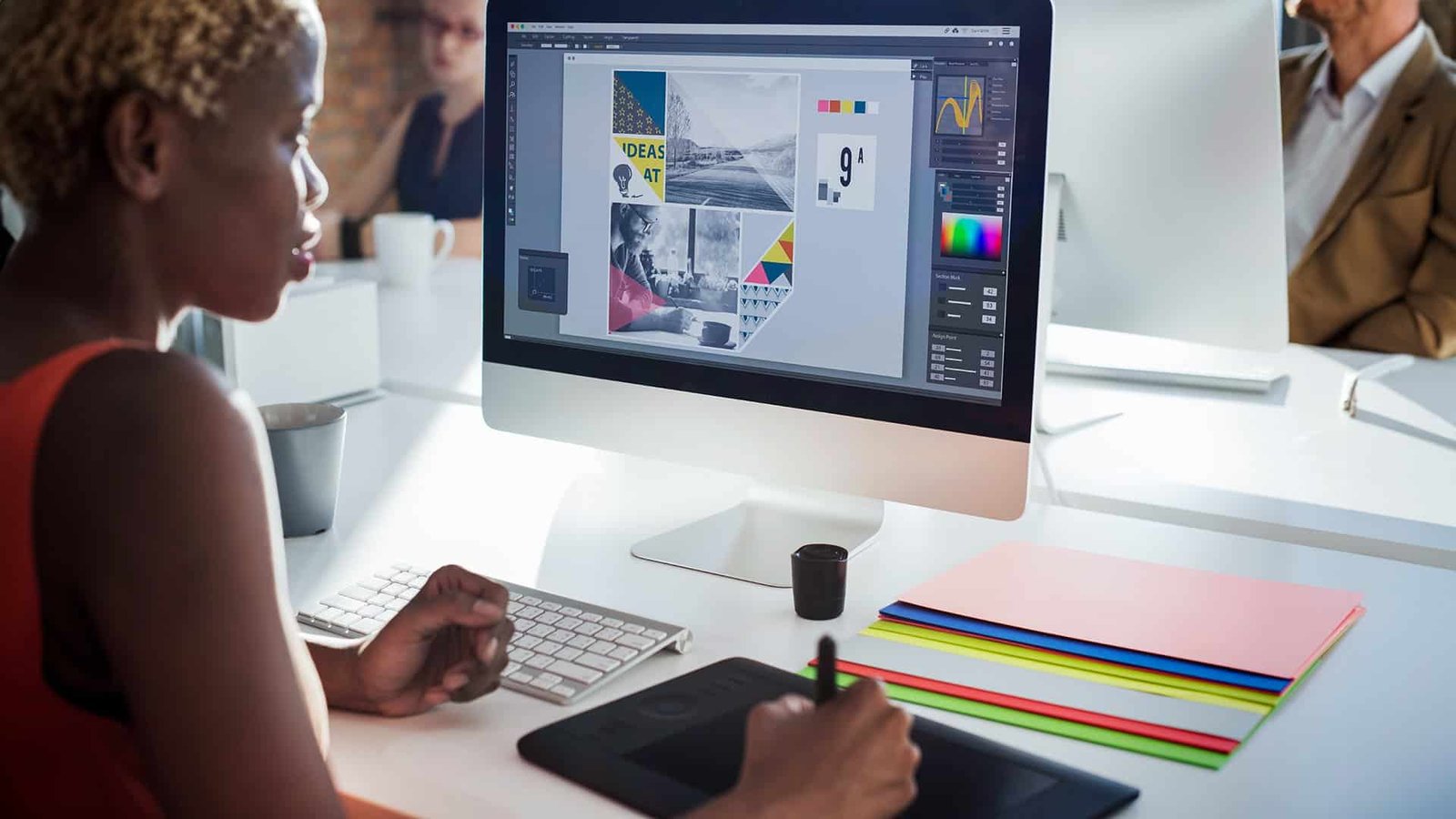Latest in: Pantone
Color is a powerful tool in branding. It can evoke emotions, convey messages, and create a memorable brand identity. Understanding how to use color in branding effectively is crucial for a designer. This guide …
Embarking on a journey in graphic design can be both exhilarating and daunting. With many tools and software available, beginners must start with the correct set. Here's a list of the top 10 essential …
©2025 Mondragon Design, Phoenix, AZ • All Rights Reserved

